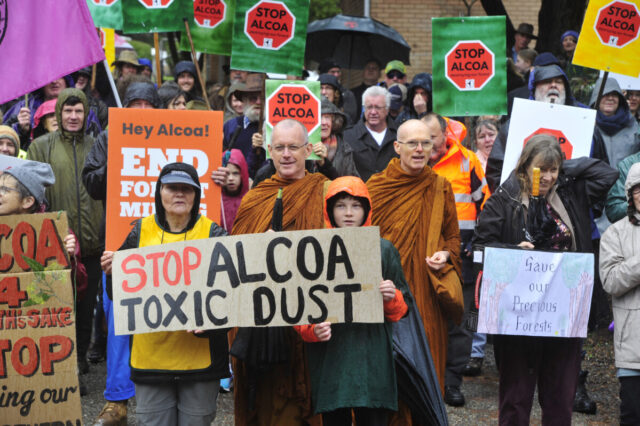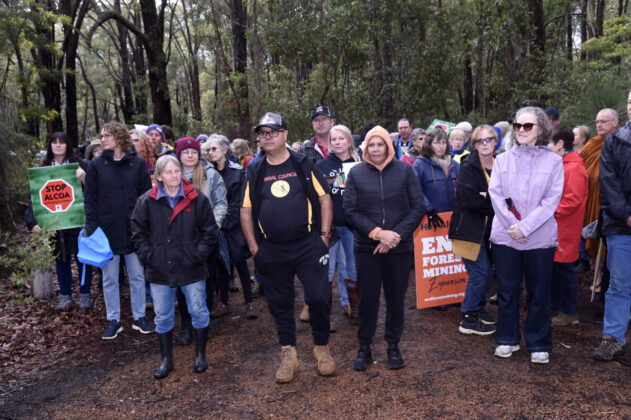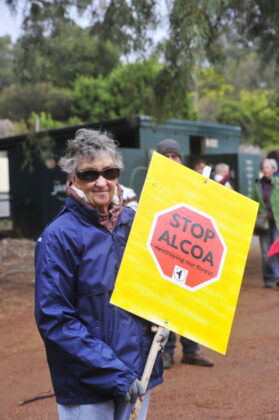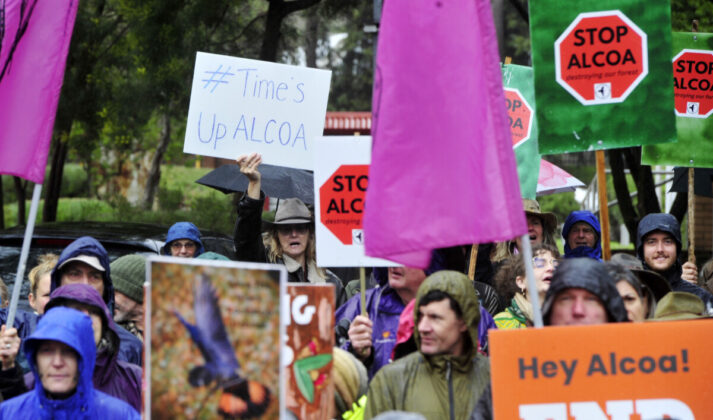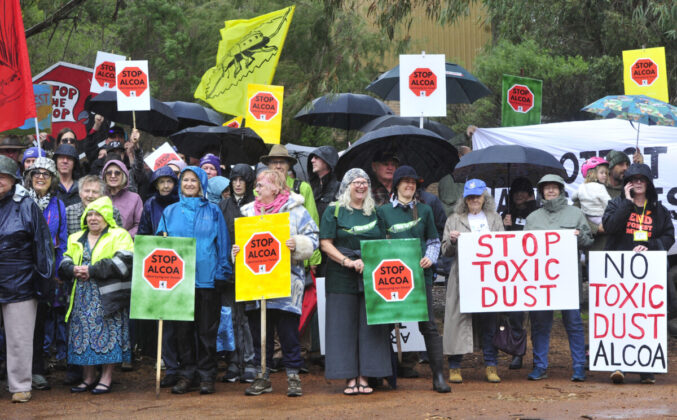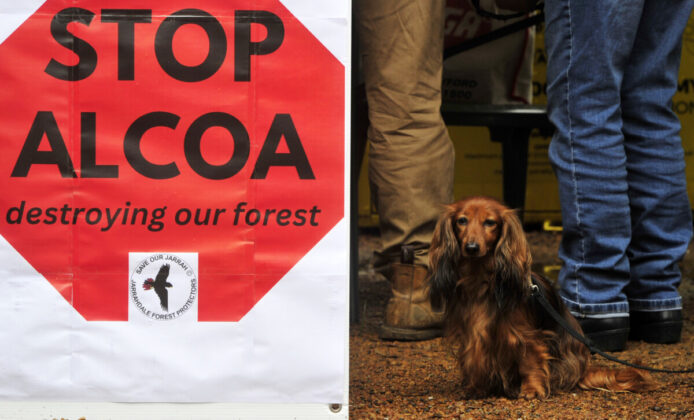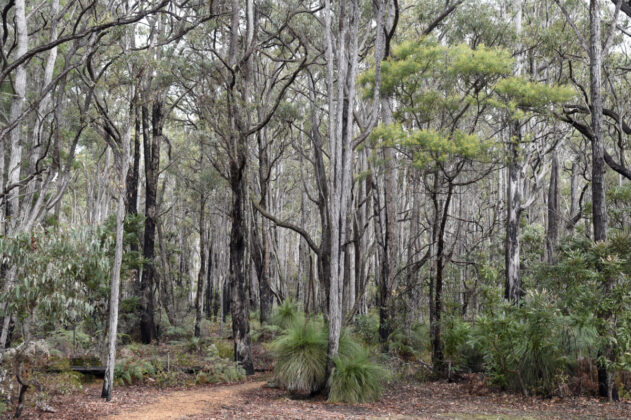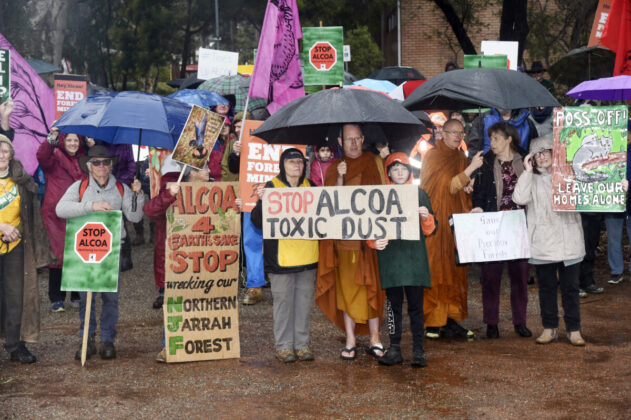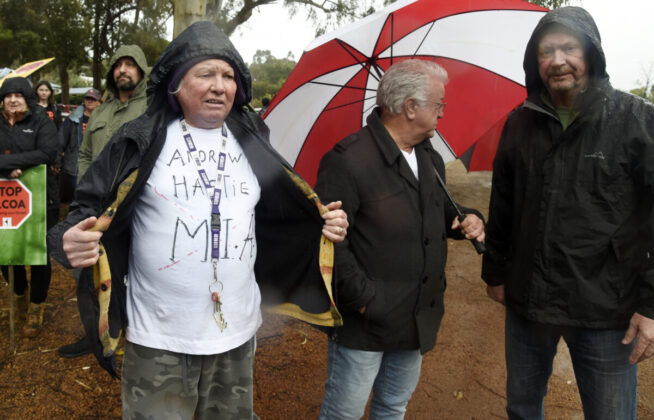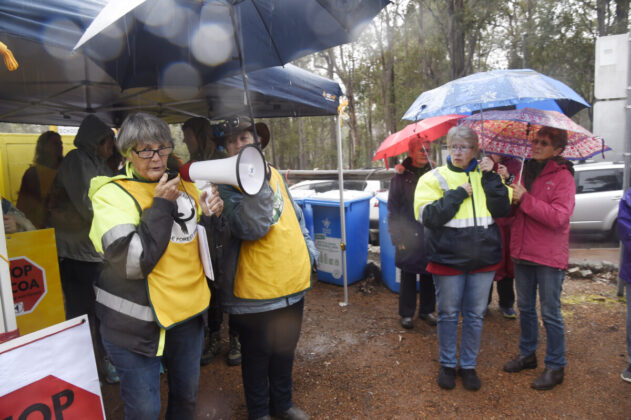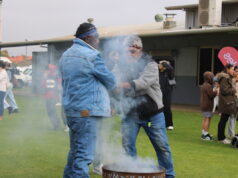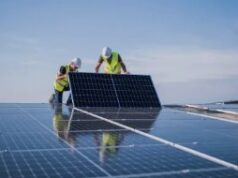Up to 200 people braved the rain in Jarrahdale on Sunday to send a clear message to Alcoa about its plan to expand its bauxite mining capacity in the northern Jarrah forests.
“We’re here because we’re absolutely gutted that there’s still a proposal on the table for 8300 hectares of clearing around Dwellingup and the Serpentine Dam,” Jarrahdale Forest Protectors deputy chair Dr Jeff Bremer said.
“This mining’s been going on since the early ‘60s, it’s just got to stop. Enough is enough,” WA Forest Alliance’s Jane Hutchison said.
With bauxite supply and quality in Alcoa’s Huntly mine dwindling, the company is pursuing a ‘transition’ plan to clear just over 8300 hectares of jarrah forest to the east of Jarrahdale and Holyoake. The so-called Pinjarra Alumina Refinery Revised Proposal – which is currently being assessed by the Environmental Protection Authority (EPA) – will allow Alcoa to keep mining in the region for at least the next decade.
“That will effectively be the end of the northern Jarrah forests,” Dr Bremer said.
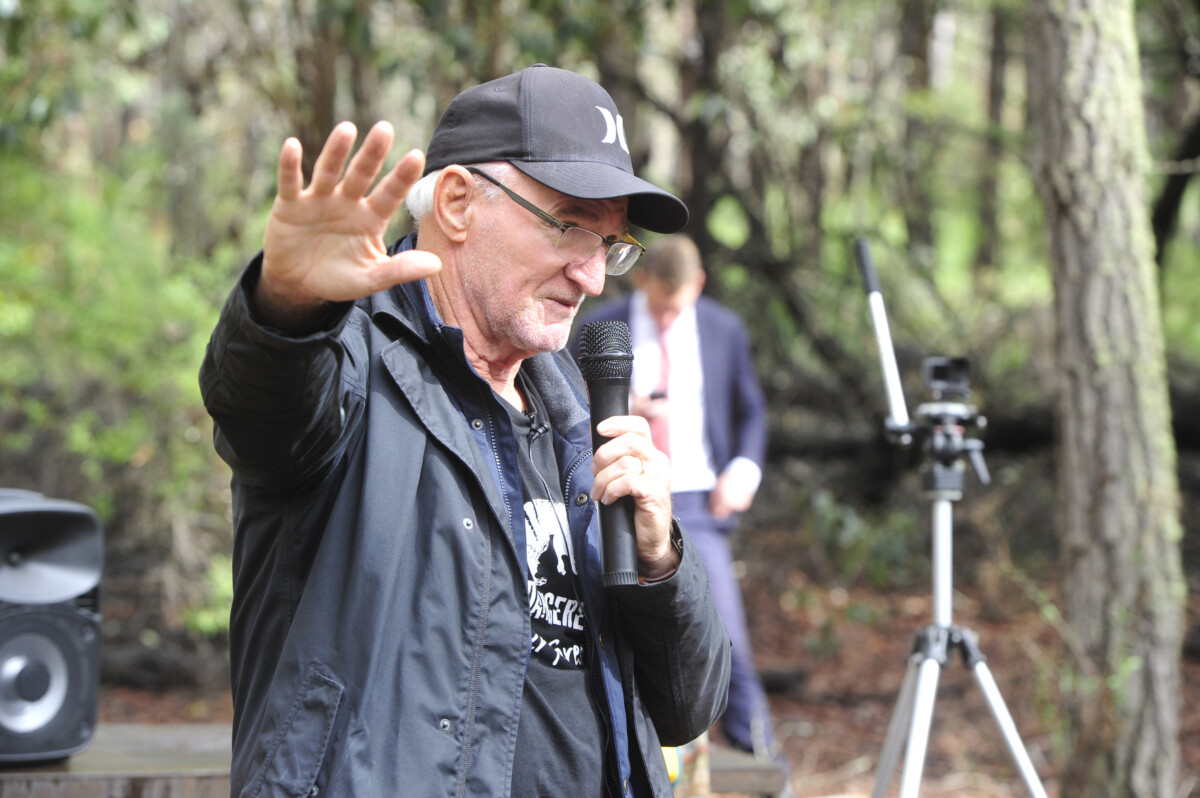
At the end of May, Alcoa made an application to clear up to 20 hectares of forest to the north east of the Serpentine Dam for preliminary testing.
This includes digging up to 100 test pits and sinking 16 water bores for geotechnical tests.
“While proposed future mining in this area is subject to ongoing environmental assessment, Alcoa has applied for a permit to carry out low-impact investigative and environmental monitoring works in a small part of that assessment area. Subject to relevant permitting, these types of low impact investigative and monitoring works are permitted while assessment of mining activities is carried out by the EPA,” a spokesperson for Alcoa said.
But Jarrahdale Forest Protectors chair Jan Star said Alcoa is “jumping the gun”, and Sunday’s community rally was about sending a message to the mining giant that they can’t act with impunity any longer.
“This was a symbolic act to say: ‘you’re being very arrogant’. You’re yet to get approvals. And we think that’s very wrong’,” she said.

Alcoa has responded to the protest by saying they encourage feedback and open communication with the community.
“Alcoa Australia respects the rights of community members to speak up on matters that are of interest to them. We also welcome and invite the opportunity of direct dialogue and engagement with interested community members,” a company spokesperson said.
After considering public submissions opposing the ‘investigative and monitoring’ works, Alcoa revised its footprint down to an 18.5-hectare envelope, with a clearing area of 11 hectares.
“The investigative and monitoring works have been deliberately planned to occur, wherever possible, in areas that have been previously impacted and cleared. The revised plan includes a total of less than 0.2ha of vegetation clearing, while the remaining 10.8ha covered by the Native Vegetation Clearing Permit application caters for disturbance due to accessing work locations,” they explained.
But for many locals, even 11 hectares is too much considering the area’s historical and environmental significance, with 13 conservation-significant species at home in the area, including Baudin’s black cockatoo.
“It’s a unique forest with incredibly complex biodiversity,” Ms Star said.
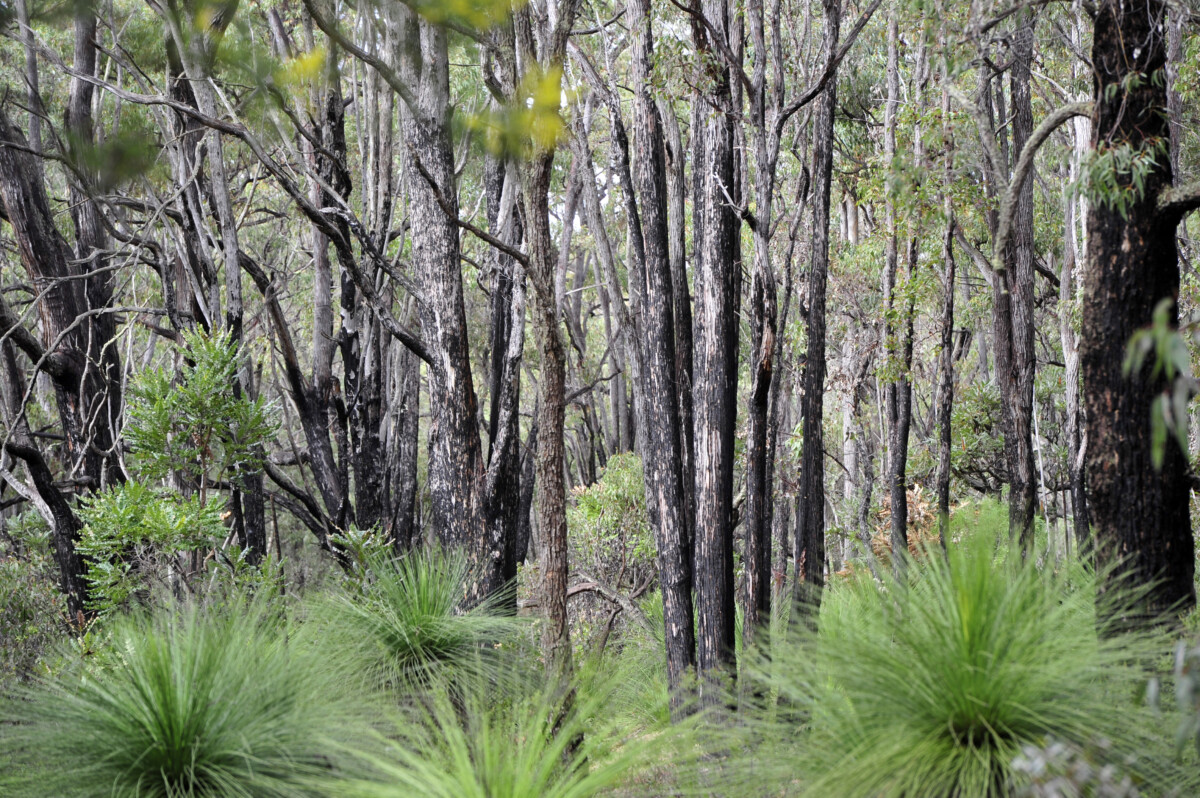
“This place here is the old WWII Prisoner of War camp. It’s a much-loved recreational area. And although it’s not gazetted as heritage, it’s recognised that way. So, Alcoa won’t be mining it. But just 200 metres that way, there’ll be a great big bauxite pit, with heavy machinery,” Dr Bremer said at Sunday’s on-site rally.
“Not only that, a few kilometres down the road is the reservoir protection zone.”
Alcoa has said the company has done its due diligence with “detailed flora, fauna, heritage, and dieback surveys” and “appropriate avoidance and mitigation measures”. They also said they had management policies in place to “protect water, limit clearing, and accelerate rehabilitation”.
But local environmental groups are loathe to take Alcoa at its word on that front after the release of a damning report last year from the Department of Water and Environmental Regulation about the company’s Huntly and Willowdale Mining and Management Program (MMP) exposed “a high level of risk to public drinking water sources and native flora and fauna”.
The report highlighted concerns that sediment runoff from cleared areas could contaminate water in the Serpentine Reservoir for months or even years, potentially rendering it undrinkable.
DWER also said that survey data for threatened flora and fauna and threatened ecological communities was ‘absent’ across a large proportion of the cleared area proposed in the MMP.
“There is no information provided regarding avoidance, mitigation or management measures beyond generic statements,” they continued.
In an unprecedented move, the Environmental Protection Authority made the decision to assess Alcoa’s mining operations along the Darling Range at the end of last year.
The Myara North and Holyoake proposals are not included in that assessment.
But, for the first time in its sixty-year history of mining in Australia, these two proposals are being considered for approval by the independent environmental regulator.
Alcoa self-referred the proposals to the EPA in 2020 as part of its commitment to transition to a ‘modernised approval system’. But the schedule for approval has taken longer than the company anticipated.
As part of the assessment process, the EPA required 132 separate documents with detailed scientific data and studies be submitted by Alcoa, which allow the environmental regulator to assess the ‘cumulative and holistic’ impacts the proposals will have on the environment.
Pending approval, Alcoa has confirmed it plans to start work within the Holyoake mining region in mid-2027, and then the Myara North mining region in 2028.
Photographs – Richard Polden


